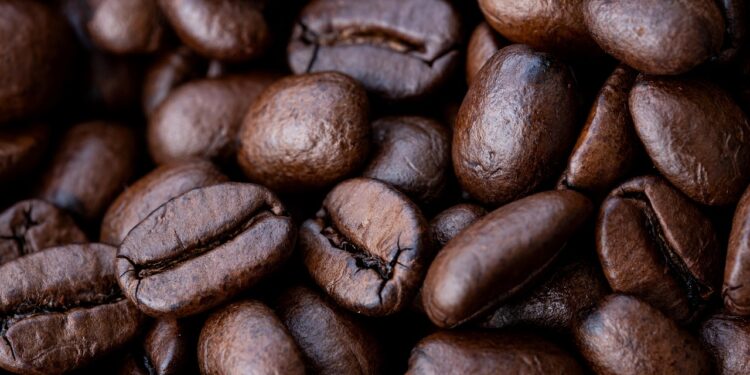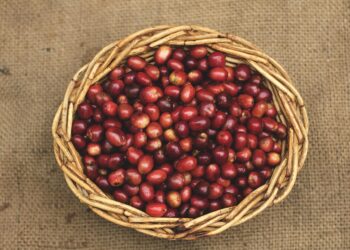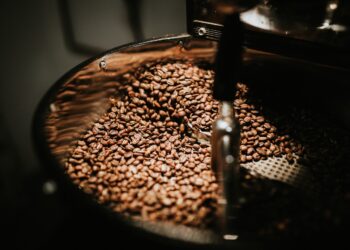Awakening Aroma: Exploring the World of Exotic Coffee Beans
Coffee, one of the most beloved beverages worldwide, not only kickstarts our day but also tantalizes our senses with its rich aromas and diverse flavors. From the high altitudes of Ethiopian plateaus to the volcanic soils of Central America, every unique environment imbues coffee beans with distinct characteristics. In this exploration of exotic coffee beans, we dive into the varieties that make each sip a global adventure.
The Origins of Exotic Coffee Beans
Understanding Coffee’s Roots
Coffee’s journey began in Ethiopia, where it is said that a goat herder noticed his goats frolicking energetically after eating some mysterious red cherries. This serendipitous discovery of what we now know as coffee beans has evolved into a global phenomenon. Today, coffee is cultivated in over 70 countries, primarily along the equatorial “Coffee Belt.”
The Role of Geography in Coffee Flavors
Geography plays a crucial role in the development of coffee’s flavor profile. The combination of altitude, climate, and soil type can drastically affect the beans’ inherent qualities. For example, beans grown at high altitudes in East Africa typically exhibit floral and fruity notes, making them highly sought after for their complexity and vibrant acidity.
Types of Exotic Coffee Beans
Varietals from Around the World
When exploring exotic coffee beans, connoisseurs often refer to specific varietals renowned for their unique tastes. Here are a few noteworthy ones:
-
Geisha (Panama): Originally from Ethiopia, the Geisha varietal found its fame in Panama. Known for its extraordinary aromatic profile, which includes jasmine, citrus, and peach, Geisha often commands premium prices.
-
Bourbon and Typica (Latin America): These are among the most prevalent and historically significant varieties cultivated across Latin America. They are revered for their sweet and clean profiles, with hints of nut and chocolate.
-
Yirgacheffe (Ethiopia): Considered the birthplace of coffee, Ethiopian Yirgacheffe beans are famous for their bright acidity and complex array of flavors, including notes of berry and wine.
-
Sumatra Mandheling (Indonesia): Grown on the Indonesian island of Sumatra, these beans are often processed using a unique method known as wet hulling. This imparts a distinct earthy and spicy profile that is beloved by many.
Cultivation and Processing Techniques
Influencing Flavors Through Processing
The method used to process coffee beans can significantly influence their final taste. The primary processes include:
-
Washed (Wet Process): Beans are stripped of their fruit covering before they are dried. This method enhances clarity and vibrancy in the coffee’s flavor.
-
Natural (Dry Process): The whole cherries are dried, then the fruit is removed. This often results in a sweeter, more full-bodied cup.
-
Honey Process: A hybrid method where some of the fruit mucilage is left on the bean during drying, contributing to a sweet and complex flavor profile.
Each of these processes can highlight different aspects of the coffee, from bright acidity to deep sweetness.
Brewing the Perfect Cup
A Guide to Enhancing Coffee Experience
To truly appreciate the nuances of exotic coffee beans, proper brewing is key. Here are a few tips to enhance your coffee experience:
-
Choose the Right Grinder: A good quality burr grinder is essential for consistent grind size, which is crucial for even extraction.
-
Water Temperature: Ideally, water should be just off the boil, between 195°F to 205°F, to properly extract the coffee’s flavors.
-
Experiment with Methods: Different brewing methods, like French press, pour-over, or espresso, can highlight various flavor notes in the coffee.
Pairing Food with Exotic Coffees
Pairing coffee with the right food can enhance both the brew and the meal. For instance, a light-roasted Yirgacheffe pairs wonderfully with lemon scones, while the chocolate notes of a Latin American Bourbon coffee might complement a rich chocolate cake beautifully.
Sustainable Practices in Coffee Production
Supporting Ethical Sourcing
As the demand for exotic coffee beans grows, it is crucial to consider the impact of coffee cultivation on local communities and the environment. Opt for coffee beans that are certified by organizations like Fair Trade or Rainforest Alliance, ensuring that your purchase supports sustainable and ethical farming practices.
Frequently Asked Questions About Exotic Coffee Beans
What makes a coffee bean “exotic”?
Exotic coffee beans are typically those that offer a unique flavor profile, differing significantly from more common or traditional tastes due to their geographic origin, varietal, or processing method.
How can you store coffee beans to maintain freshness?
To maintain freshness, store coffee beans in an airtight container away from light, heat, and moisture. It’s best to buy in small quantities that can be used within a few weeks of purchase.
Are exotic coffee beans more caffeinated?
Not necessarily. The caffeine content in coffee beans varies more by species (Arabica vs. Robusta) and less by the exotic nature of the bean.
By delving into the world of exotic coffee beans, enthusiasts can embark on a flavorful journey that spans continents and cultures. Each cup offers a story, a blend of tradition, craft, and nature’s influence, inviting coffee lovers to savor more than just a beverage, but an experience rich in history and taste.





